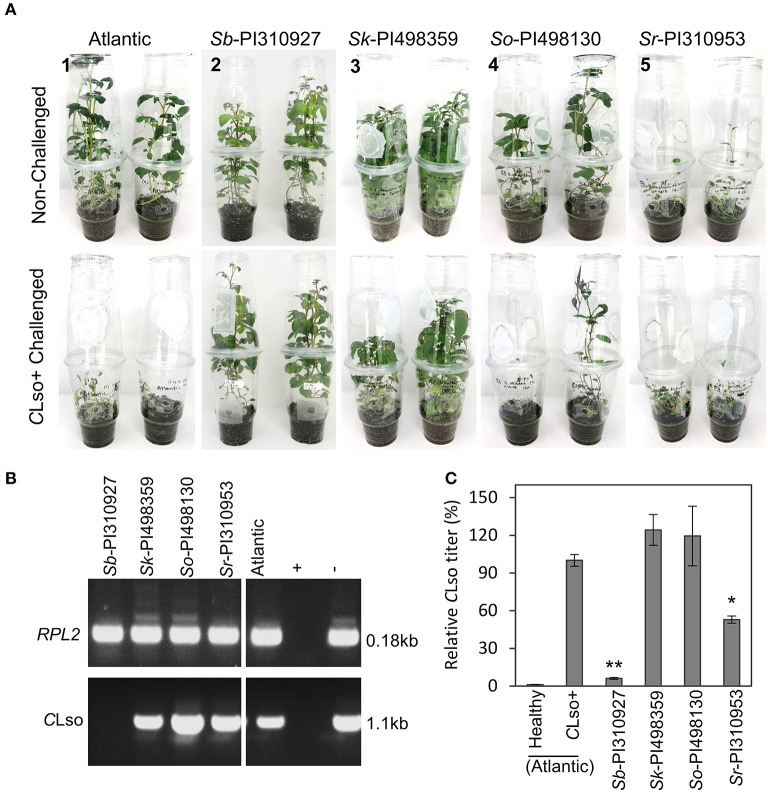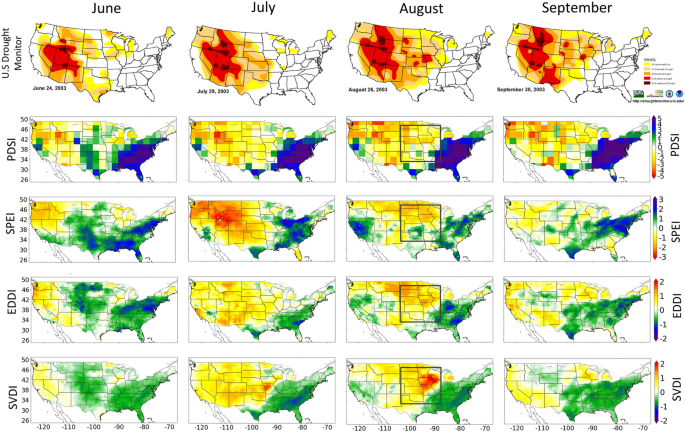2022-09-14 アメリカ国立再生可能エネルギー研究所(NREL)
今回の発表は、量子コンピュータで複雑性をシミュレーションできることを示したもので、この分野では初めてのことであり、将来の複雑性解析に向けた重要な一歩となる。
研究チームの課題は、セルオートマトンの量子版が、量子コンピュータ上で複雑性を発現できるのか、ということである。
著者らは、この膨大な分野から、「ゴルディロックス・ルール」と呼ばれる、活発すぎず、消極的すぎない、複雑性の共通点を再現するのに適したセル・オートマトンを見いだした。
1つの量子ビットが「上向き」で残りが「下向き」の状態からスタートし、回路を進化させながら定期的に量子ビットを測定しました。すると、データを巧みにフィルタリングし、プログラムの実行時間を通じて、量子ビットの相関関係がダイヤモンド型に変化し、ランダム性が損なわれていないことを明らかにした。
複雑さの度合いを測るために、科学者たちは神経科学で使われている相互情報量という指標を借用した。相互情報量は、量子ビット間の相関の大きさを定量化するものである。その結果、量子ビットは自己組織化されたパターンで進化し、かなりの時間周期で秩序が保たれていることが判明した。
<関連情報>
- https://www.nrel.gov/news/program/2022/nrel-authors-publish-quantum-computing-first-in-nature-communications.html
- https://www.nature.com/articles/s41467-022-32056-y
デジタル量子プロセッサーによるスモールワールド複雑ネットワーク生成 Small-world complex network generation on a digital quantum processor
Eric B. Jones,Logan E. Hillberry,Matthew T. Jones,Mina Fasihi,Pedram Roushan,Zhang Jiang,Alan Ho,Charles Neill,Eric Ostby,Peter Graf,Eliot Kapit & Lincoln D. Carr
Nature Communications Published:02 August 2022
DOI:https://doi.org/10.1038/s41467-022-32056-y

Abstract
Quantum cellular automata (QCA) evolve qubits in a quantum circuit depending only on the states of their neighborhoods and model how rich physical complexity can emerge from a simple set of underlying dynamical rules. The inability of classical computers to simulate large quantum systems hinders the elucidation of quantum cellular automata, but quantum computers offer an ideal simulation platform. Here, we experimentally realize QCA on a digital quantum processor, simulating a one-dimensional Goldilocks rule on chains of up to 23 superconducting qubits. We calculate calibrated and error-mitigated population dynamics and complex network measures, which indicate the formation of small-world mutual information networks. These networks decohere at fixed circuit depth independent of system size, the largest of which corresponding to 1,056 two-qubit gates. Such computations may enable the employment of QCA in applications like the simulation of strongly-correlated matter or beyond-classical computational demonstrations.



